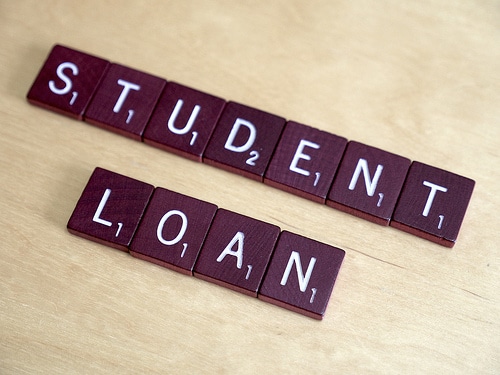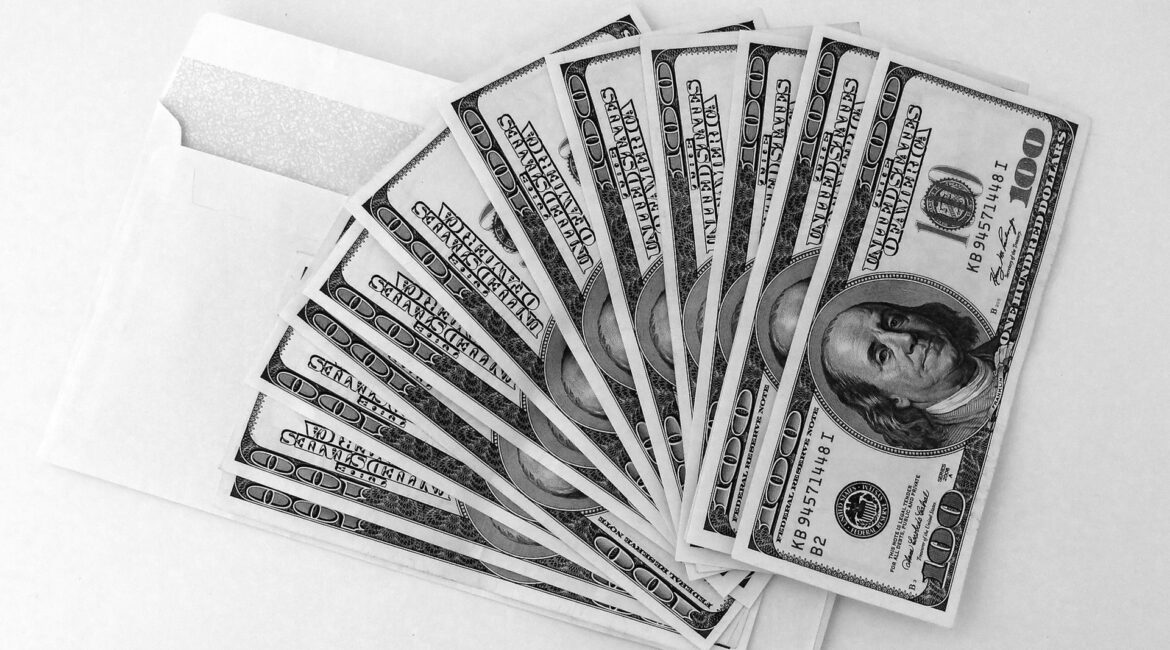Imagine the following scenario: You have hit financial trouble and are contemplating bankruptcy to help get your financial house in order. You hope that bankruptcy will provide some respite from your financial follies and/or staggering debts. Unfortunately, this is not the case if you owe student loans.

If you are being crushed by massive student loan debt, you, unfortunately, have few options when it comes to debt forgiveness. Bankruptcy is certainly not the best strategy. Other debts, such as a mortgage and auto loans, are dischargeable through bankruptcy. For student loans, you carry the burden of establishing “undue hardship” and a court must agree with that determination for a student loan to be wiped out. It is within the court’s discretion to decide whether a borrower meets the undue hardship standard, and that standard varies depending on the court since the bankruptcy code does not provide an actual definition of the term.
Have Student Loans Always Enjoyed This Special Non-Discharge Protection?
No. Prior to 1976, student loans could be discharged in bankruptcy. However, Congress became concerned over high default rates on loans that were guaranteed, even partially, by the federal government. Therefore, Congress passed legislation intended to protect “federal investments.”
However, there have been different iterations of student loan protection. For example, initially, there was a ban on bankruptcy discharges only for the first five years after a federal student loan was originated. After five years of payments, you could discharge the remainder of the loan through bankruptcy.
In 1990, the five-year rule was extended to seven years. In 1998, the law was revised again to remove any timeframe for allowable discharges, leaving undue hardship as the only way out.
In fact, in 2005, the non-dischargeability of student loans was broadened to protect private student loan debt in addition to the previous protection granted only to student loans guaranteed by the federal government.
Why Were These Protections Put In Place?
According to a 2013 report titled “No Way Out: Student Loans, Financial Distress, and the Need for Policy Reform,” the special treatment and bankruptcy protections afforded to student loans is the result of panic and exaggerated stories about wealthy doctors and lawyers filing for bankruptcy to discharge student loans at a relatively young age and basically leaving the government or a bank holding the bag. However, the data has shown that these fears were completely unfounded. In fact, the General Accounting Office found, in 1977, that only 1 percent of all matured student loans had been discharged in bankruptcy prior to any protections being put in place, according to Consumerist.com. So, these protections were enacted based on a false premise leaving struggling students holding the bag.
Changes on the Horizon?
A group of 12 senators introduced legislation recently that would amend the current bankruptcy code to allow private student loans to be held in the same regard as other private unsecured debt and therefore be dischargeable in bankruptcy. Unfortunately, this is just a proposal, as of the date of this posting.
Speak to a Florida Bankruptcy Lawyer Today
Whether you have student loans or not, if you are struggling financially and are seriously considering filing bankruptcy, speak to the experienced bankruptcy law firm of Hoffman, Larin & Agnetti. We offer a free, no-obligation consultation, and if retained, we help guide you through the bankruptcy process from beginning to end. Of course, if relevant, we will explore whether you qualify for the undue hardship exemption mentioned above in addition to all other possible regulations that can help your case.

